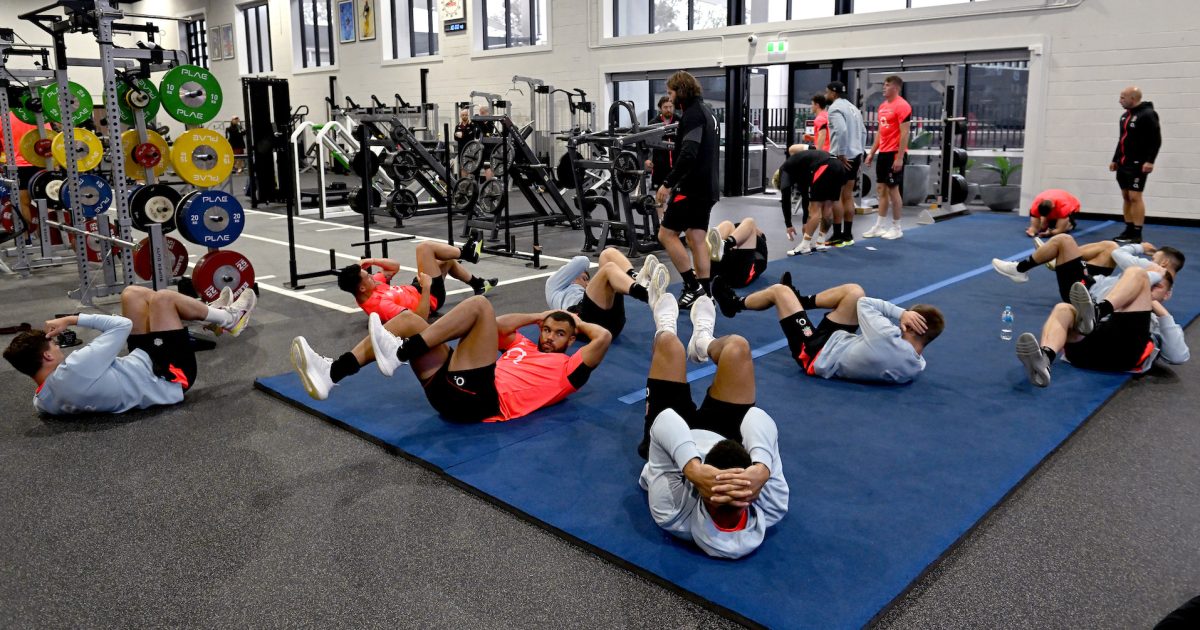Rugby positions explained | Rugby15s position guides

Do you know your loosehead prop from your tighthead prop? Are you aware of how quick you really need to be to play as a winger at the international level? Well, all the rugby positions are explained in our rugby positions guides.
With the help of our rugby positions guides, you can learn exactly what the roles and responsibilities of each player are during a game. Plus, you can also learn more about the physical and mental attributes that each player needs in order to excel in that position.
On top of this, the rugby positions guides also outline all the rugby positions and numbers, so you’ll find it easier to spot who is playing where next time you’re watching a game on television.
Our rugby positions guides explain all of the positions in both fifteen-a-side rugby union and rugby 7s. This way, you can also discover how the roles of each player change between the two formats.
Discover more about the positions in rugby by reading our rugby position guides below:
Loosehead Prop
The loosehead prop is a big and strong player who stops the scrum moving backwards and aims to cause maximum disruption. A big tackler who is also responsible for securing possession, the loosehead prop is not to be messed with. Think you fit the role? Check out our full guide below:
Hooker
The hooker stands in the middle of the scrum and hooks the ball backwards. They’re also responsible for throwing the ball at the lineout, getting around the park and making plenty of tackles. Sound like the perfect role for you? Read our position guide below to find out more:
Tighthead prop
The tighthead prop is the anchor of the scrum. As a result, the tighthead prop must be a big, strong and powerful player who can take weight on both shoulders and lift people at lineouts. Learn all about the tighthead prop position with the handy guide below:
Second row
The second row players, otherwise known as locks, wear numbers 4 and 5. Often the tallest players in the team, they’re crucial at lineouts and are the ‘engine room’ of the scrum. They’re also key defensive players who need to possess good handling skills. Learn more below with our full position guide for second rows:
Blindside flanker
The blindside flanker is tasked with covering plenty of ground. They’re also mainly responsible for preventing the opposition from launching an attack at the scrum. On top of this, the blindside flanker is also quick to arrive at the breakdown and must try to claim the ball when an opposition player is tackled. Learn everything you need to know about blindside flankers below:
Openside flanker
The openside flanker is usually slightly smaller than their blindside counterpart. This is because they’re tasked with covering even more ground. They’re vital for stopping opposition attacks, securing possession from turnovers and making big tackles. Discover the intricacies of the openside flanker’s role with this position guide:
Number 8
The number 8 stands at the base of the scrum. They’re responsible for offering additional pushing power and for providing the ball to the scrum half. A popular member of the team, the number 8 is the crucial link between the forwards and the backs. Learn more below with the full position guide for number 8s:
Scrum half
The scrum half is responsible for putting the ball into their team’s scrum and collecting it once possession has been secured. They’re also responsible for feeding the ball out of a ruck and other set pieces. Due to this, they’re excellent ball handlers and passers who are also incredibly quick thinkers. Learn all about the scrum half position here:
Fly half
Often the first receiver during an attack, the fly half is traditionally the playmaker of the team. Due to this, they must have an excellent passing range. However, they’re also responsible for putting boot to ball during free play and from the kicking tee. See our full position guide below for Fly halves:
Wingers
The wingers, wearing 11 and 14, stand on the left and the right of the field, respectively. Often the most potent try scorers in a team, wingers are quick runners who are also capable of eluding opposition tacklers. Learn more below:
Inside centre
The inside centre is usually the second receiver during an attack. However, these players can also be second playmakers or powerful midfield runners. Like a fly half, they also need to be excellent kickers who can create space effectively. Check out the full position guide below:
Outside centre
The outside centre tends to be a fast runner and an aggressive tackler. Like the inside centre, they’re also required to create space for others. Learn all about the outside centre position below:
Fullback
The fullback plays as the deepest player on a team. They need to be every bit as comfortable in defence as they are in attack. They also need to be reliable handlers, kickers and have phenomenal positional sense. See our full position guide for fullbacks below:

































































